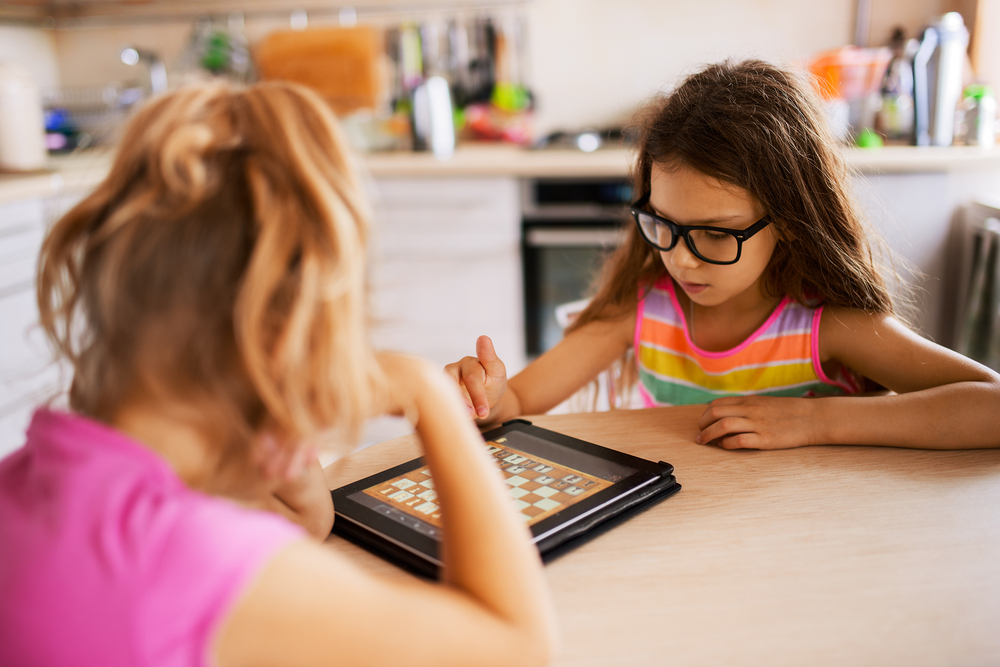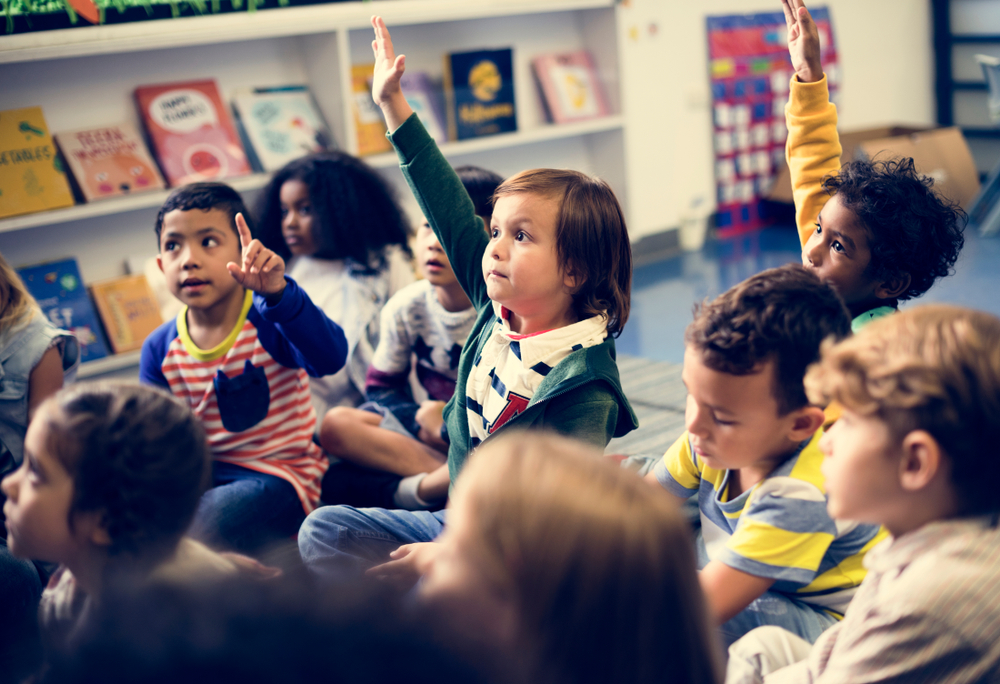Comparison Skills Normal Worksheets for Ages 5-9
5 filtered results
-
From - To
Our "Comparison Skills Normal Worksheets for Ages 5-9" are designed to foster critical thinking in young learners. Focusing on comparing sizes, quantities, lengths, and more, these worksheets help children develop necessary math skills in a fun, engaging manner. Perfect for both classroom and at-home use, each worksheet is tailored to be age-appropriate, ensuring progressive learning from ages 5 to 9. These activities also promote observational skills and logical reasoning, setting a strong foundation for future academic success. Visit Kids Academy to explore our rich collection of printable worksheets today and support your child’s learning journey effectively!
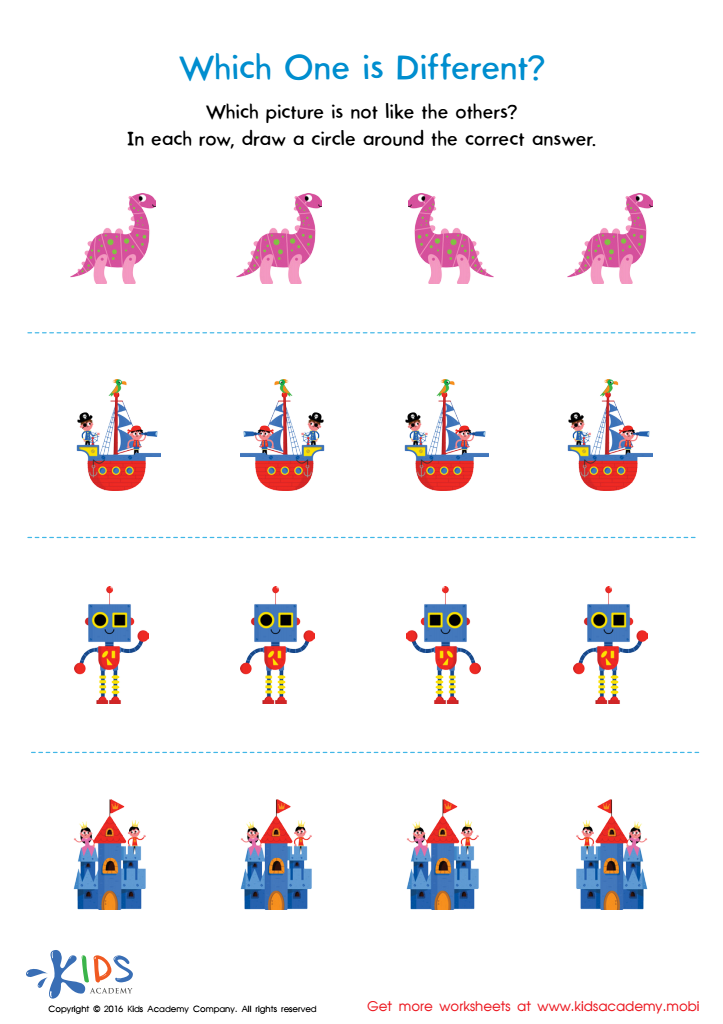

Which One Is Different Worksheet
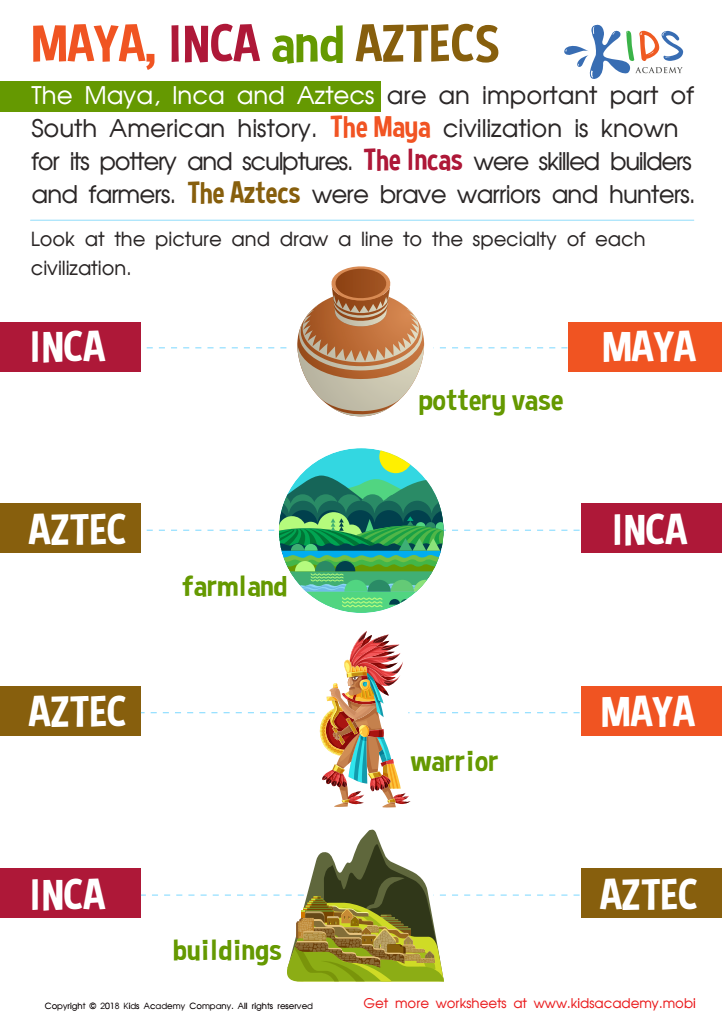

Maya, Inca and Aztecs Worksheet
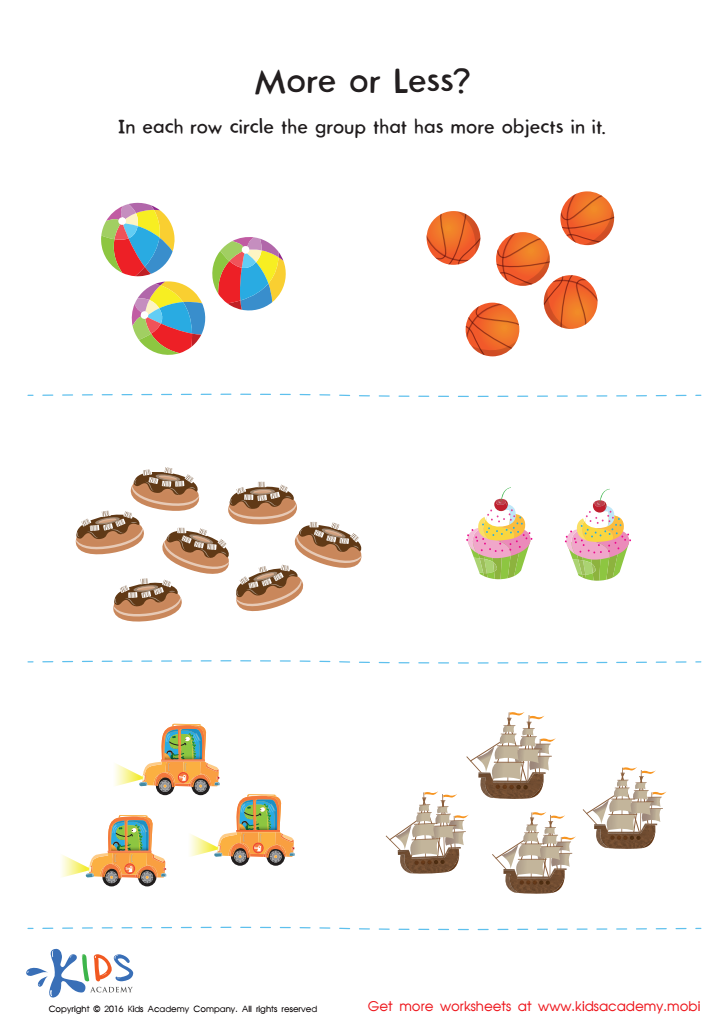

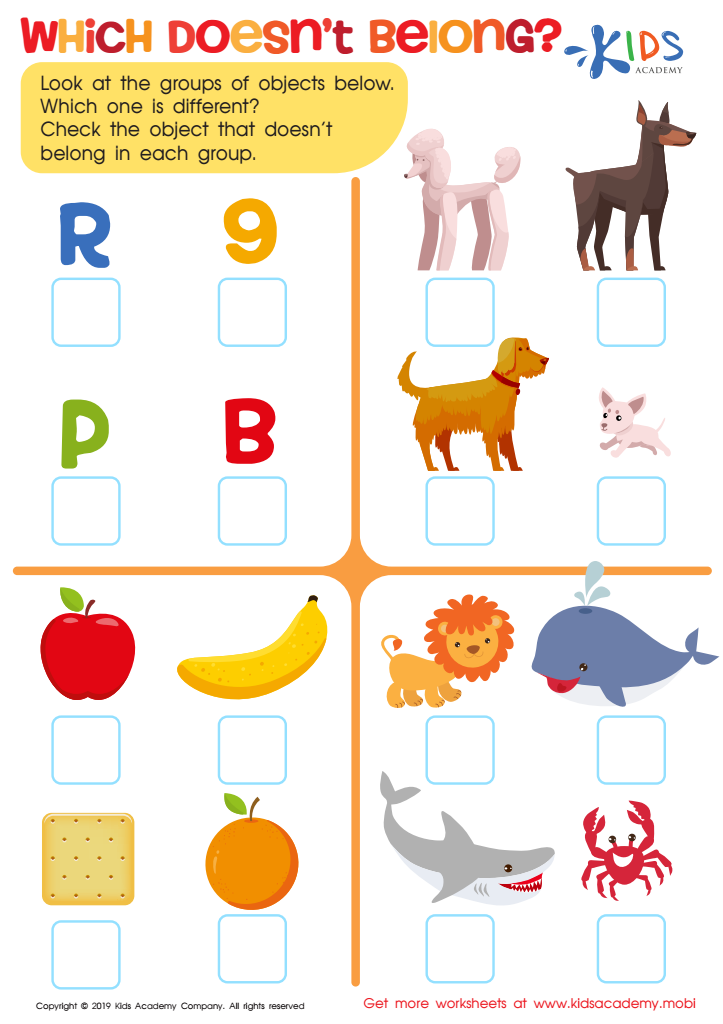

Which Doesn't Belong? Worksheet
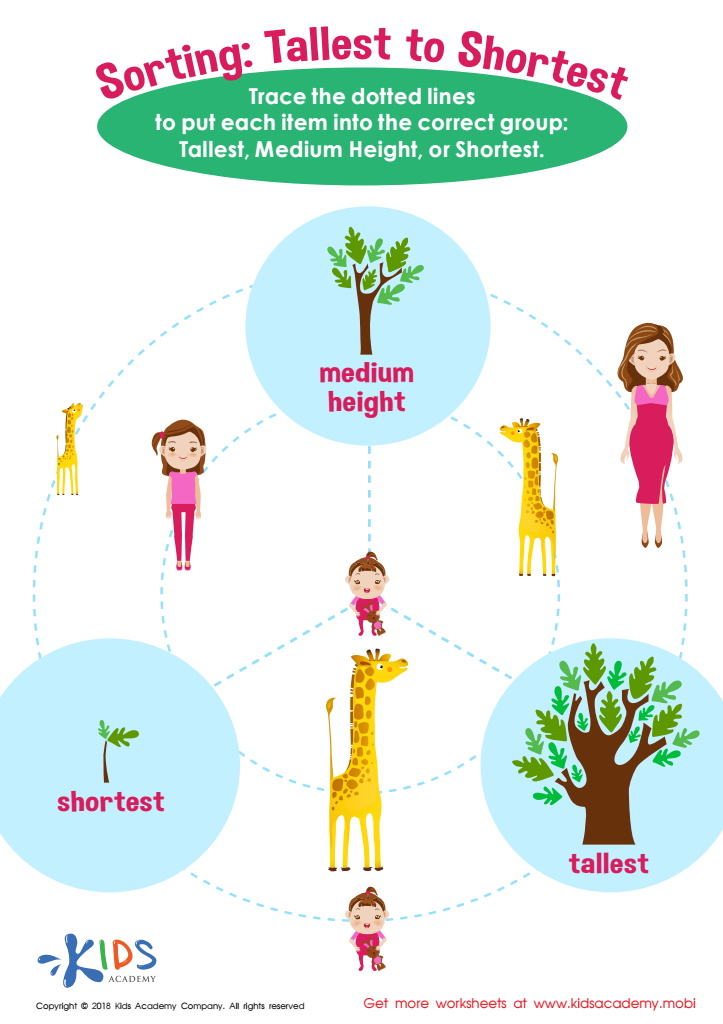

Sorting: Tallest to Shortest Worksheet
Comparison skills are fundamental during the early childhood years, serving as the foundation for a multitude of cognitive and analytical abilities in later life. For ages 5-9, developing strong comparison skills is crucial as they enable children to distinguish similarities and differences between objects, ideas, and experiences. This critical thinking capability helps broaden their understanding and vocabulary, enrich their descriptive language, and enhance their communication skills.
Parents and teachers should prioritize fostering these skills because they directly contribute to a child’s ability to problem-solve and make informed decisions. For instance, when comparing quantities, shapes, or sizes, children build early mathematical thinking which is pivotal for more advanced concepts in the future. In reading and literacy, comparison skills aid in comprehension by helping children differentiate between characters, settings, and key events in stories.
Moreover, comparison skills promote curiosity and innovation as children learn to observe the world around them more keenly and draw connections between different pieces of information. Through guided comparison activities, such as sorting and classifying, children improve their attention to detail and learn the importance of precision and accuracy.
Ultimately, nurturing comparison skills equips children with a valuable toolkit for learning and interpreting their environment, laying a strong foundation for success in both academic and everyday life situations.

 Assign to My Students
Assign to My Students







